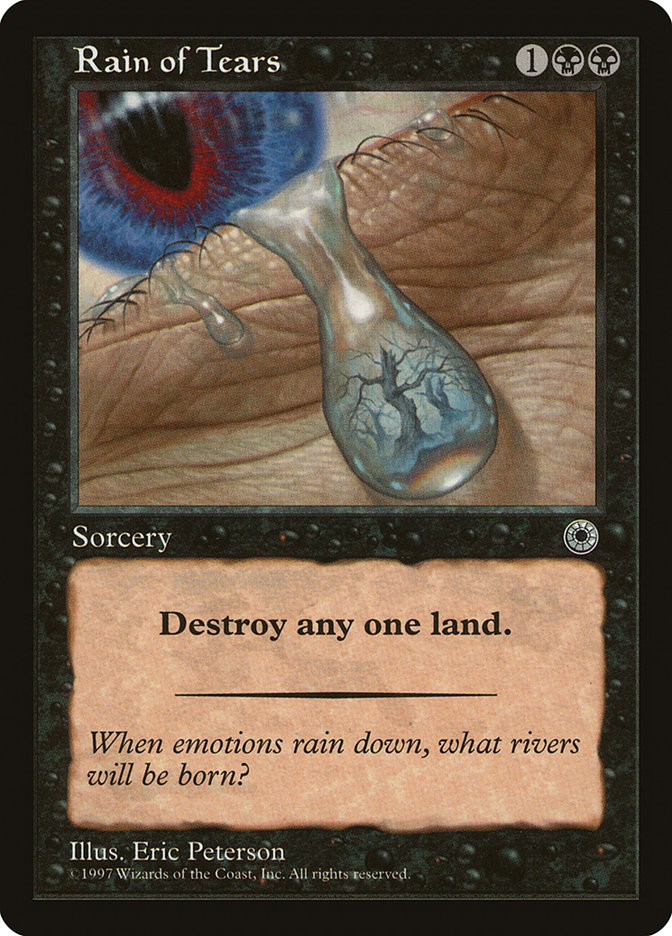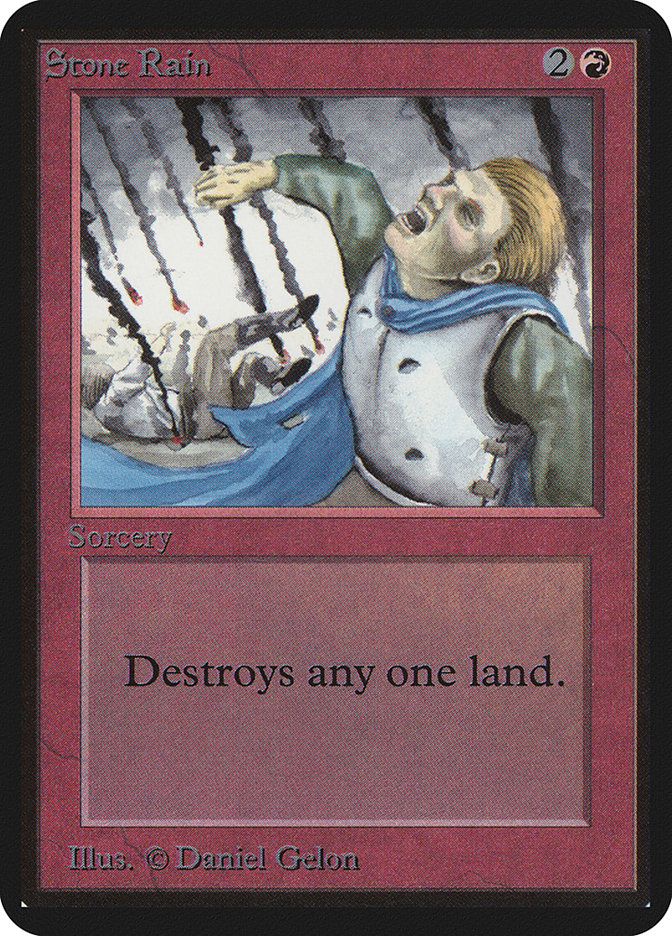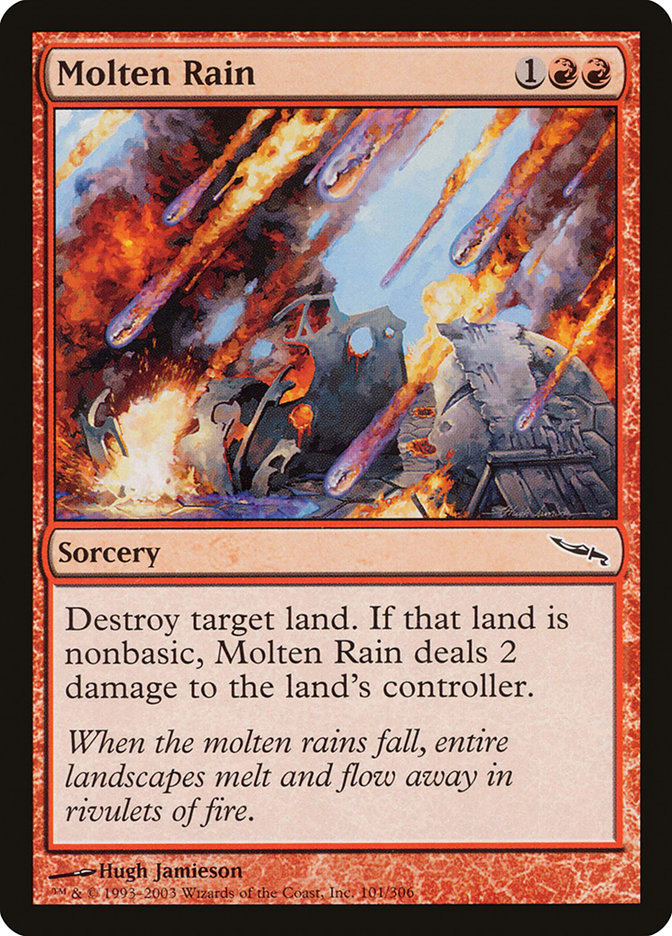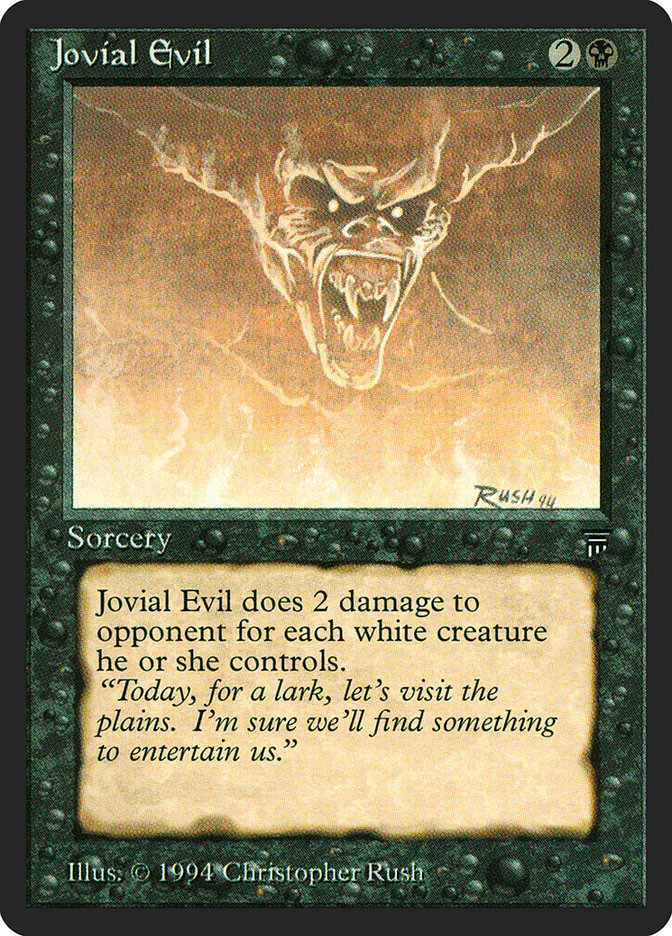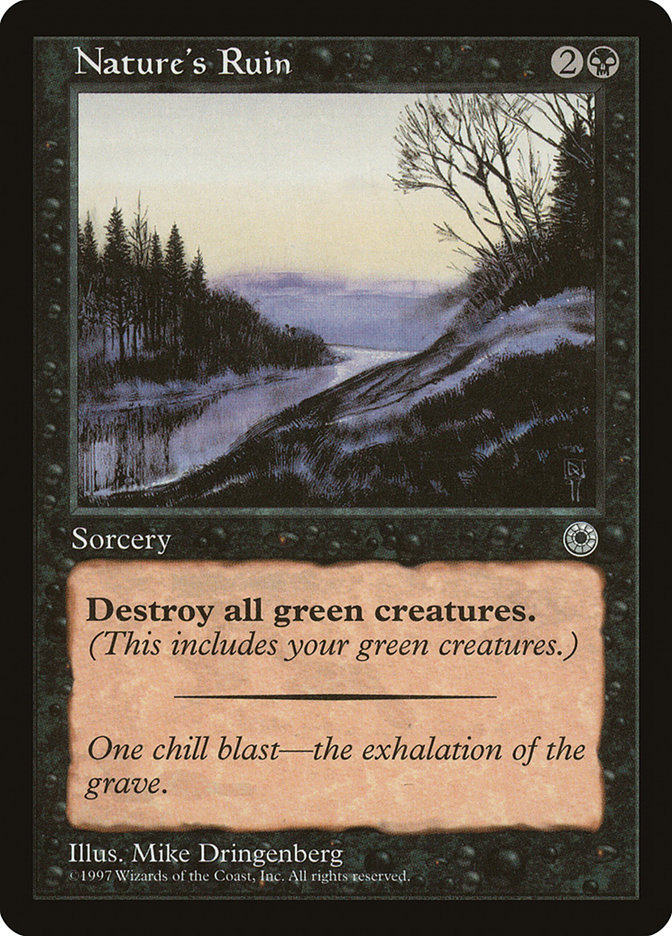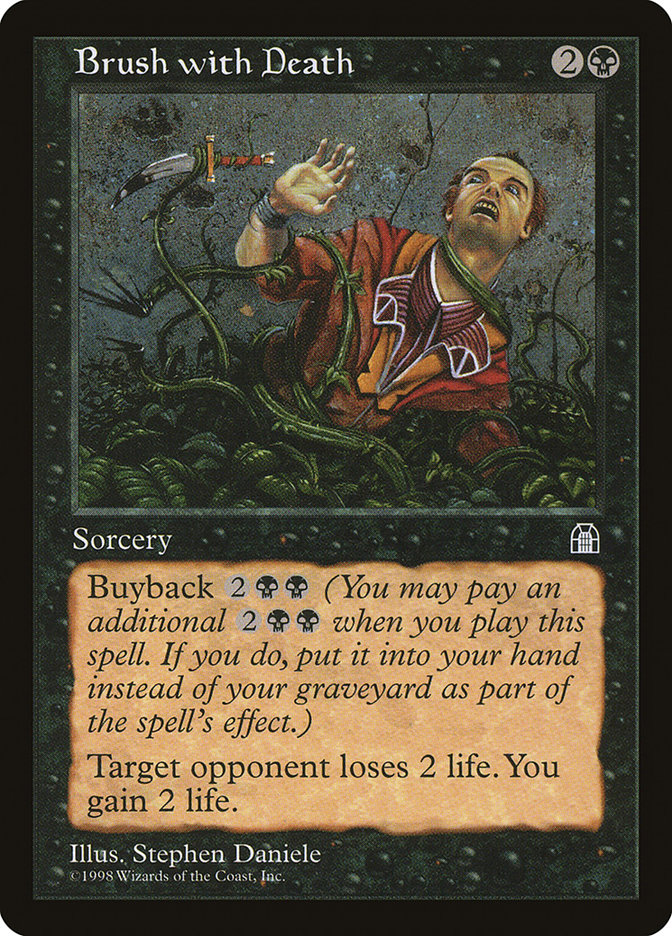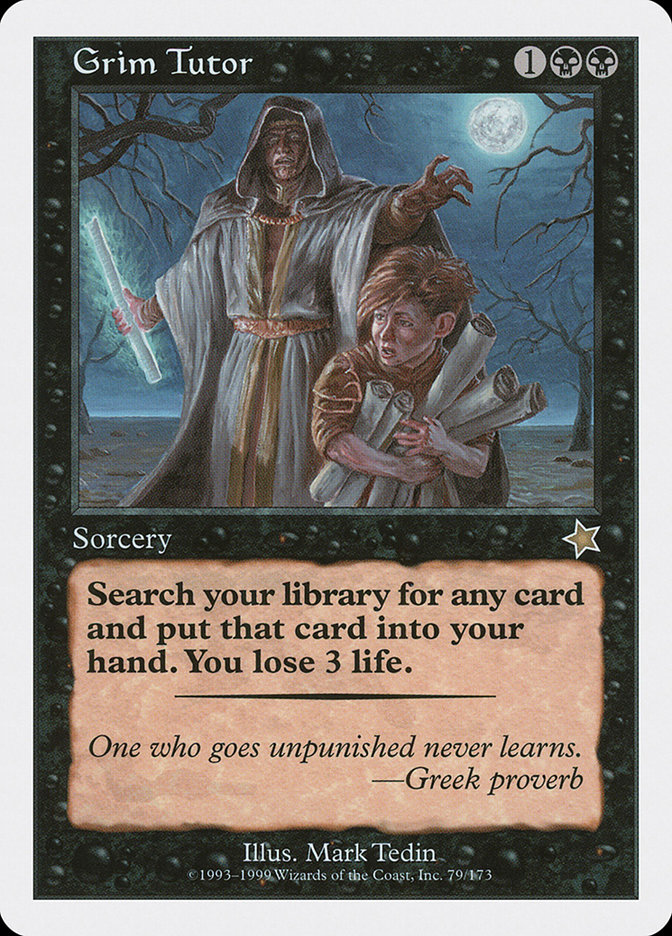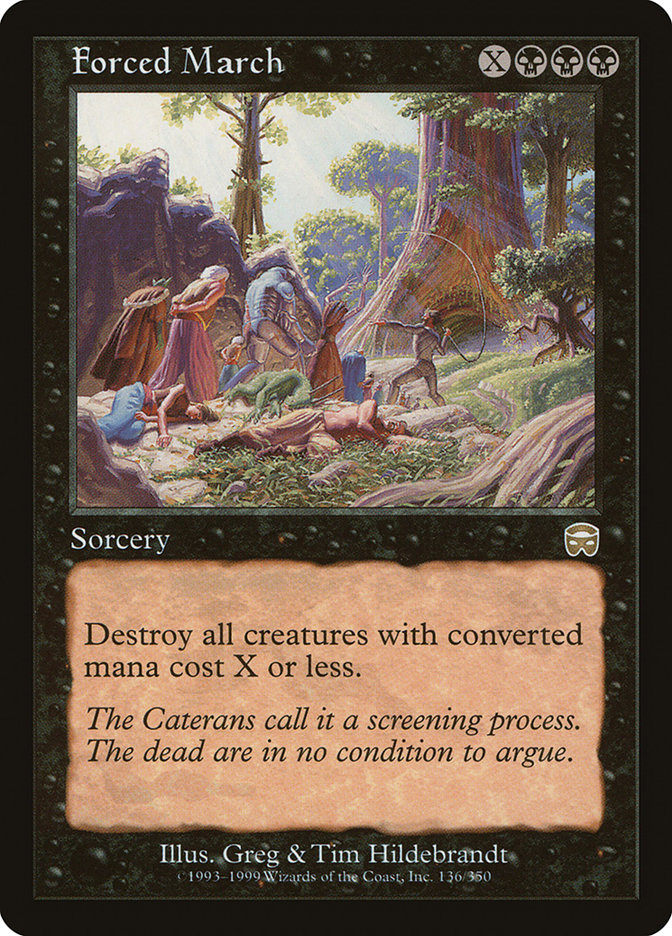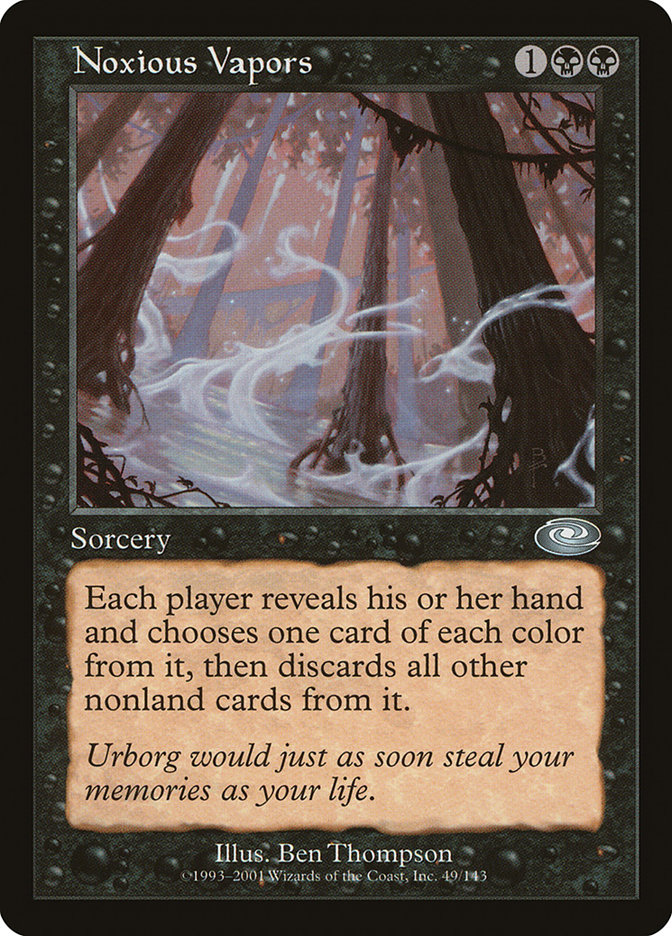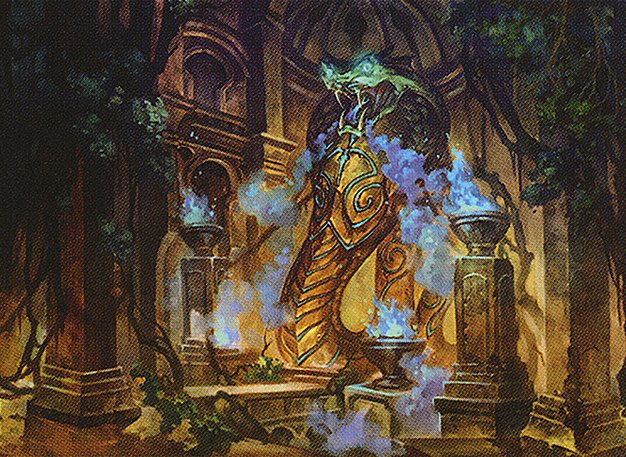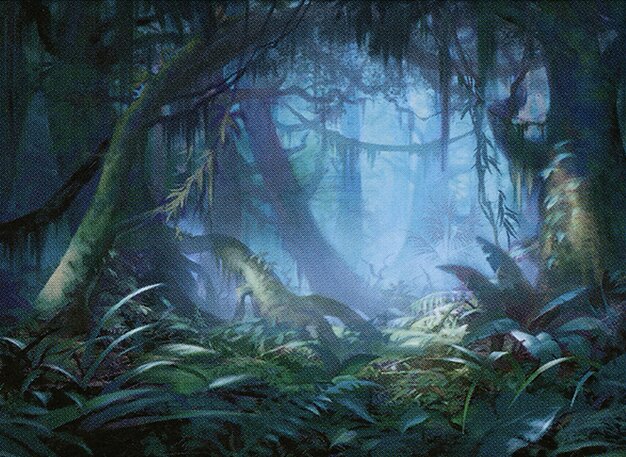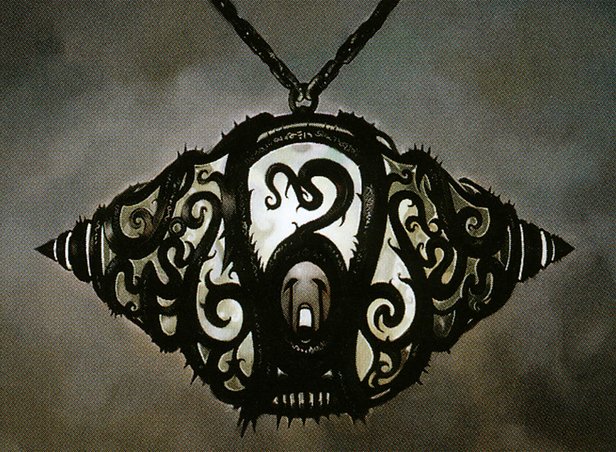Rain of Tears MTG Card
| Card sets | Released in 4 setsSee all |
| Mana cost | |
| Converted mana cost | 3 |
| Rarity | Uncommon |
| Type | Sorcery |
Key Takeaways
- Rain of Tears is a strategic tool for land control, setting opponents back to cement your lead.
- Its specific mana cost might limit its use, requiring a heavy black mana deck presence.
- Despite its mana cost, Rain of Tears offers unique combo potential and meta relevance.
Text of card
Destroy any one land.
When emotions rain down, what rivers will be born?
Card Pros
Card Advantage: Rain of Tears offers a strategic benefit to dismantle your opponent’s mana base. By trashing a land, you effectively remove one of their resources, which can prevent them from casting spells or using abilities that require that land. While it doesn’t draw you cards, it works to tip the scale in your favor by denying your opponent’s card usability.
Resource Acceleration: While Rain of Tears doesn’t directly accelerate your resources, it acts as a form of indirect acceleration by setting your opponent back a turn. This can be pivotal in giving you the upper hand, as it hampers their development and potentially allows you to stay ahead in terms of both mana and board presence.
Instant Speed: Although Rain of Tears is a sorcery and not an instant, the impact it has on the game can be as disruptive as an instant-speed interaction. The ability to destroy land during your turn enables you to leverage your subsequent plays on a board that’s now short of one crucial land, potentially preventing your opponent from responding effectively on their turn.
Card Cons
Discard Requirement: While Rain of Tears provides strategic land destruction, it does not necessitate a discard from its caster. However, it is critical to bear in mind the importance of card advantage. Utilizing a spell that only serves the purpose of destroying a land without yielding an additional advantage can equate to a loss in hand resources, especially when similar cards might offer more utility or a dual function.
Specific Mana Cost: The casting cost of Rain of Tears includes two black mana symbols. This specific mana cost requirement can restrict the card’s inclusion to mono-black or heavy black-mana-based decks, limiting its versatility across a broader range of deck builds. Decks that do not support such a mana base may find this card challenging to cast consistently, reducing its overall effectiveness.
Comparatively High Mana Cost: With a cost of three mana, Rain of Tears is on the higher end for its targeted land destruction effect. Considering that there are alternatives in the format that can disrupt an opponent’s mana base at a lower cost, or that can offer additional effects or flexibility, Rain of Tears may sometimes seem less appealing in terms of mana efficiency and strategic depth.
Reasons to Include Rain of Tears in Your Collection
Versatility: Rain of Tears offers a strategic advantage in land destruction, which can be seamlessly integrated into black control decks or land denial strategies, ensuring your opponents are set back on resources while you advance your game plan.
Combo Potential: This card can serve as a crucial piece in combos that capitalize on resource denial, allowing players to dismantle their opponent’s mana base while setting their own stage for a decisive finish. It can also trigger landfall abilities negatively for your opponents in multi-player formats.
Meta-Relevance: In metas where non-basic lands are prevalent, Rain of Tears can be particularly potent. By removing key lands, you can disrupt opponent’s strategies that rely on specific land types or utility lands, maintaining a competitive edge.
How to Beat
Rain of Tears is a niche but potentially devastating sorcery that can set an opponent back by destroying one of their lands. While it might not be as prevalent as other land destruction spells in Magic: The Gathering, its impact can be quite significant, especially if used early in the game or on a nonbasic land that’s central to an opponent’s strategy.
To counteract the effects of Rain of Tears, consider using cards that can rapidly generate or retrieve lands. Cards like Terra Eternal ensure your lands stay safe, or Life from the Loam and Crucible of Worlds can help recover from such a loss. Utilizing mana rocks and alternative sources of mana can also diminish the impact of Rain of Tears on your game plan. Aside from direct counterspells or preventive measures like Pithing Needle, quick land recursion or diversified mana sources can keep your deck running smoothly against disruptive strategies.
Keep in mind that playing around land destruction requires strategic deck building and in-game decisions. Make sure to have a plan for recovery or protection to sustain your mana base foundations in the face of disruptive plays like Rain of Tears.
Cards like Rain of Tears
Rain of Tears is a notable disruption tool within Magic: The Gathering. Its closest counterpart is the classic card Stone Rain, both of which destroy a land for three mana. Rain of Tears stands out by producing black mana as opposed to Stone Rain’s red, providing a different strategic avenue for deck builders focusing on black mana tactics.
Analogous in effect, Molten Rain adds a slight twist to the land destruction theme by dealing additional damage to the land’s controller when a nonbasic land is targeted. Although, it’s constrained by a specific color pairing of red mana. Icequake is another similar card to Rain of Tears, sharing the land destruction for the same converted mana cost. However, Icequake carries the chilling bonus of damage to the land’s controller if that land is a snow land, tapping into the snow subtheme present in some MTG sets.
Evaluating the different land removal options, Rain of Tears offers a reliable solution for black-centric decks looking to dismantle opponents’ resources. Its presence emphasizes the strength and surgical precision black has in the realm of land destruction within Magic: The Gathering.
Cards similar to Rain of Tears by color, type and mana cost
Where to buy
If you're looking to purchase Rain of Tears MTG card by a specific set like Portal and Tempest, there are several reliable options to consider. One of the primary sources is your local game store, where you can often find booster packs, individual cards, and preconstructed decks from current and some past sets. They often offer the added benefit of a community where you can trade with other players.
For a broader inventory, particularly of older sets, online marketplaces like TCGPlayer, Card Kingdom and Card Market offer extensive selections and allow you to search for cards from specific sets. Larger e-commerce platforms like eBay and Amazon also have listings from various sellers, which can be a good place to look for sealed product and rare finds.
Additionally, Magic’s official site often has a store locator and retailer lists for finding Wizards of the Coast licensed products. Remember to check for authenticity and the condition of the cards when purchasing, especially from individual sellers on larger marketplaces.
Below is a list of some store websites where you can buy the Rain of Tears and other MTG cards:
- eBay
- TCG Player
- Card Kingdom
- Card Market
- Star City Games
- CoolStuffInc
- MTG Mint Card
- Hareruya
- Troll and Toad
- ABU Games
- Card Hoarder Magic Online
- MTGO Traders Magic Online
See Magic products
Printings
The Rain of Tears Magic the Gathering card was released in 4 different sets between 1997-05-01 and 2007-07-13. Illustrated by 3 different artists.
| # | Release | Name | Code | Symbol | Number | Frame | Layout | Border | Artist |
|---|---|---|---|---|---|---|---|---|---|
| 1 | 1997-05-01 | Portal | POR | 106 | 1997 | normal | black | Eric Peterson | |
| 2 | 1997-10-14 | Tempest | TMP | 149 | 1997 | normal | black | Charles Gillespie | |
| 3 | 1999-10-04 | Mercadian Masques | MMQ | 155 | 1997 | normal | black | Edward P. Beard, Jr. | |
| 4 | 2007-07-13 | Tenth Edition | 10E | 170 | 2003 | normal | black | Eric Peterson |
Legalities
Magic the Gathering formats where Rain of Tears has restrictions
| Format | Legality |
|---|---|
| Commander | Legal |
| Legacy | Legal |
| Modern | Legal |
| Oathbreaker | Legal |
| Premodern | Legal |
| Vintage | Legal |
| Duel | Legal |
| Predh | Legal |
